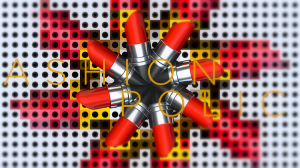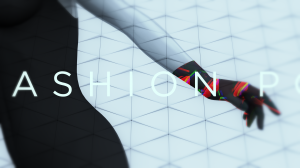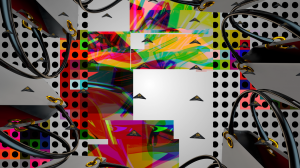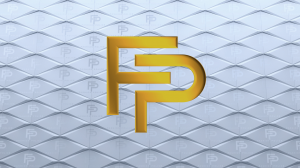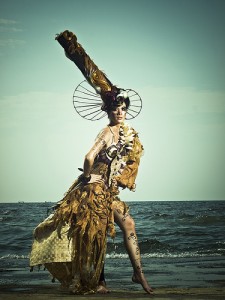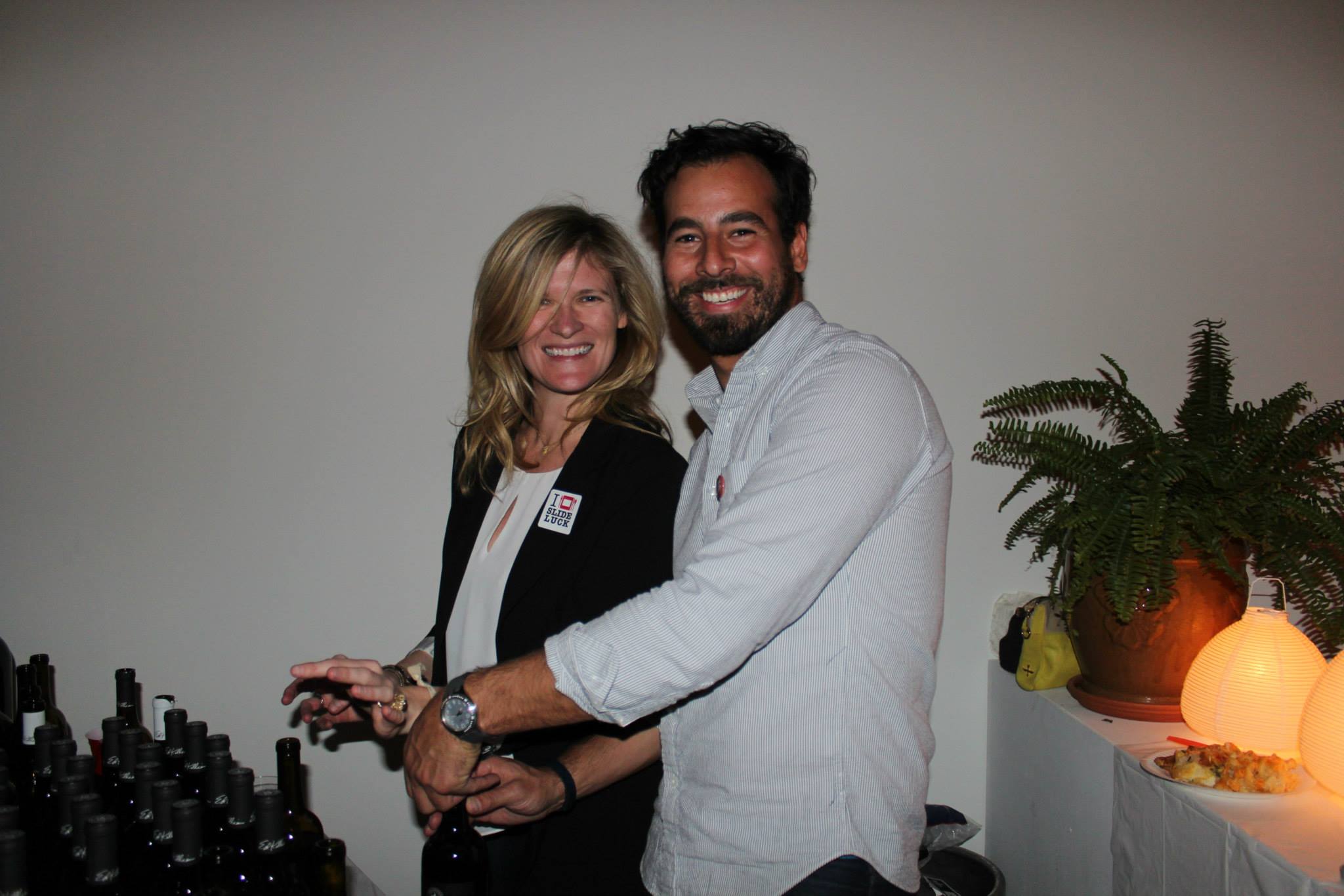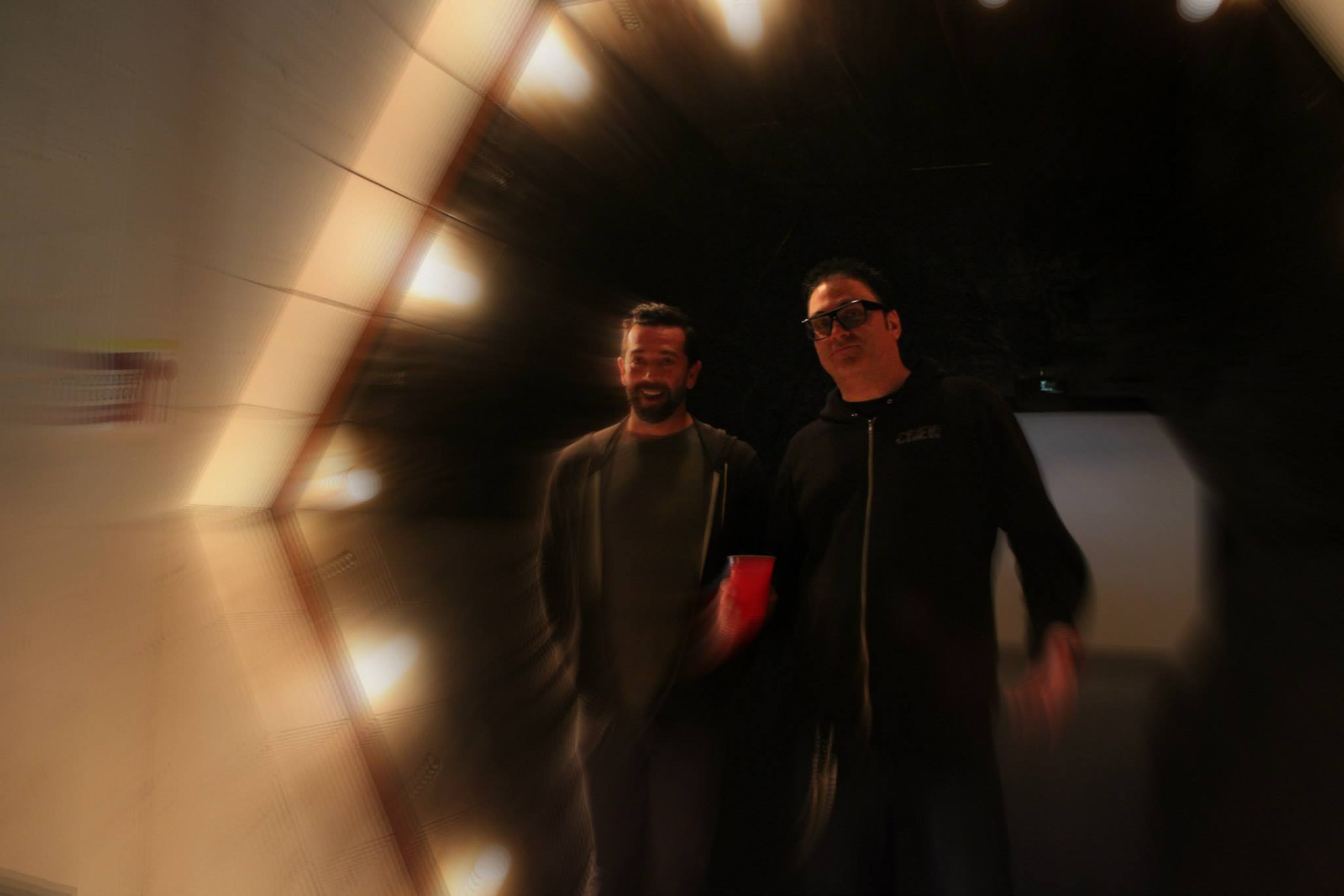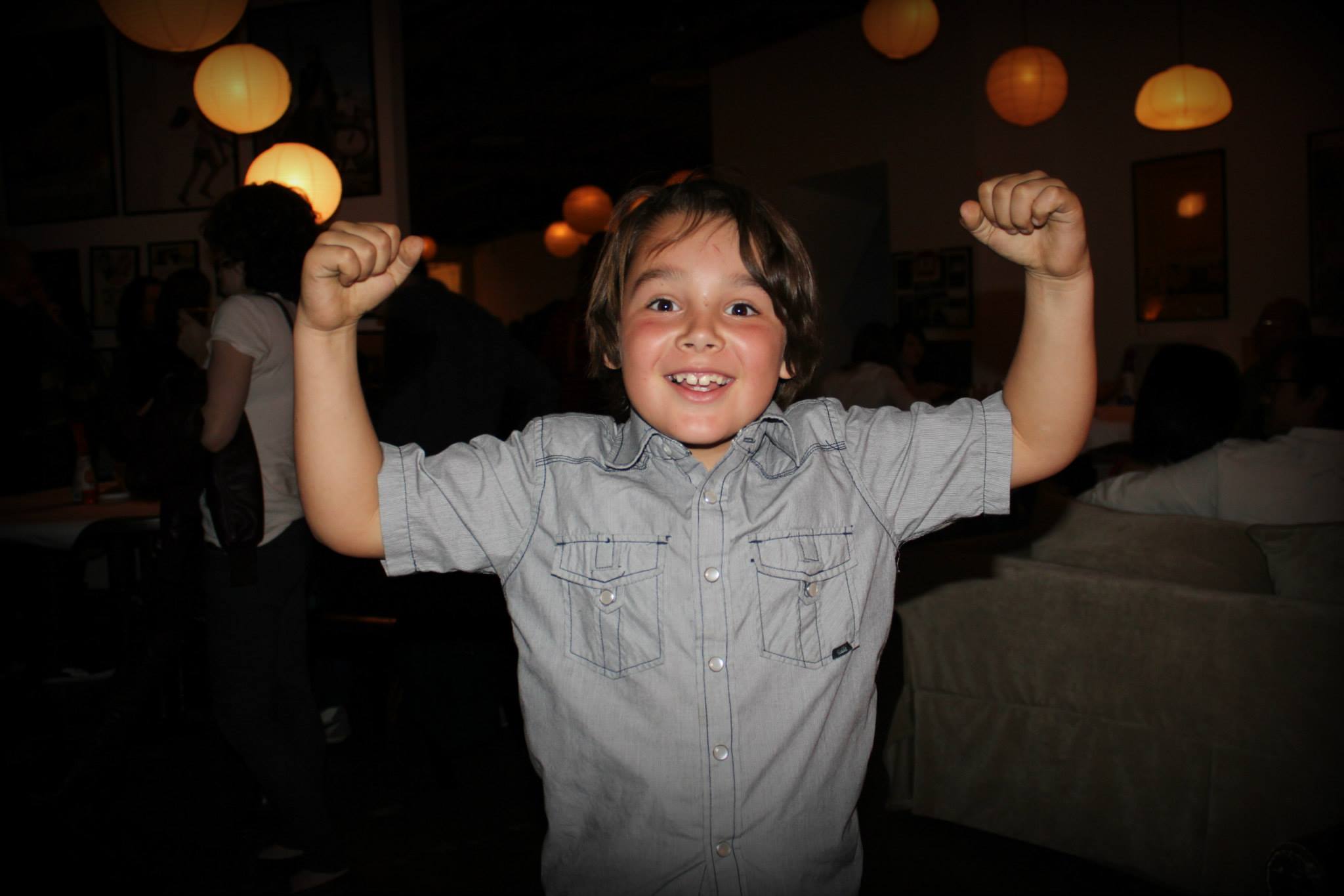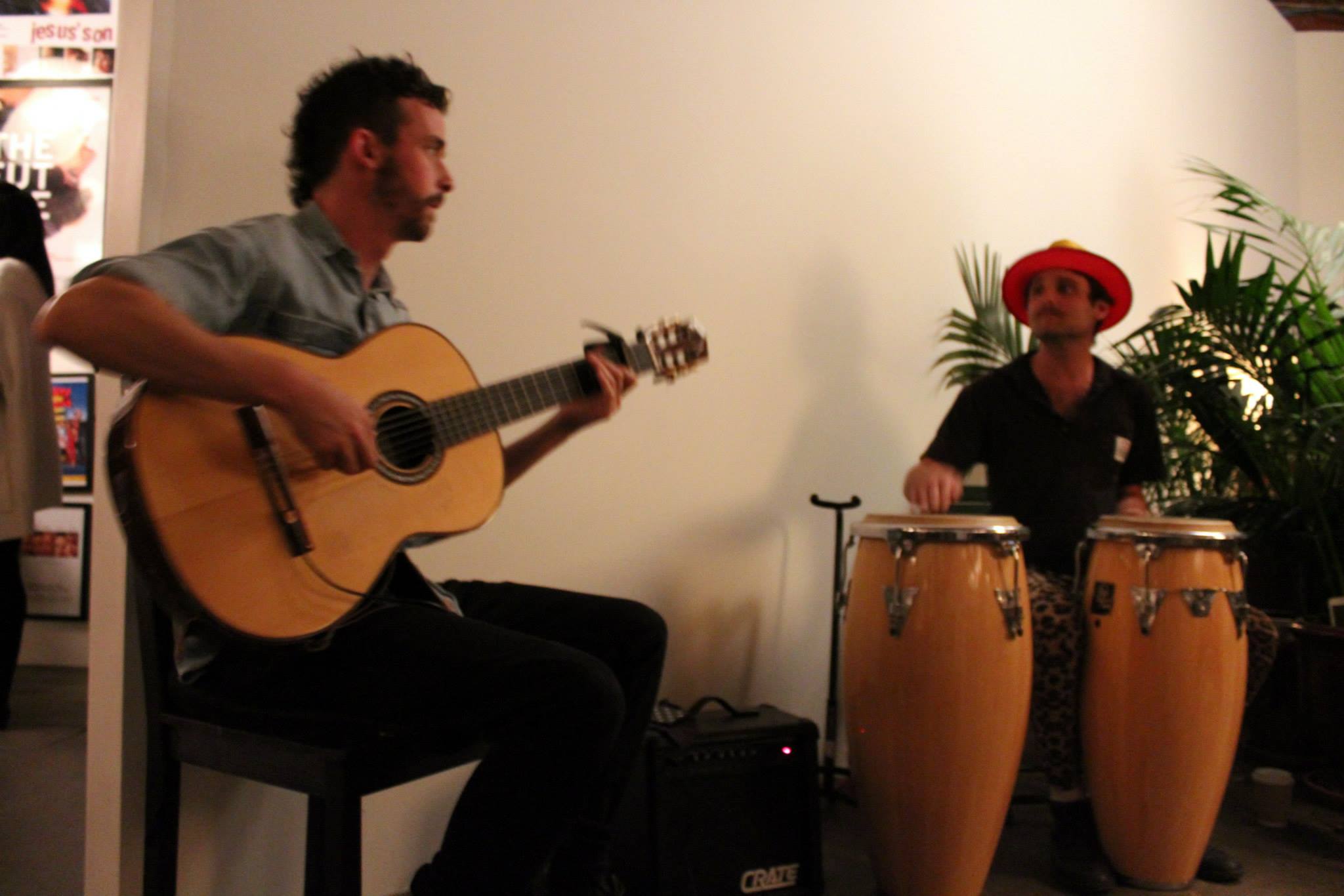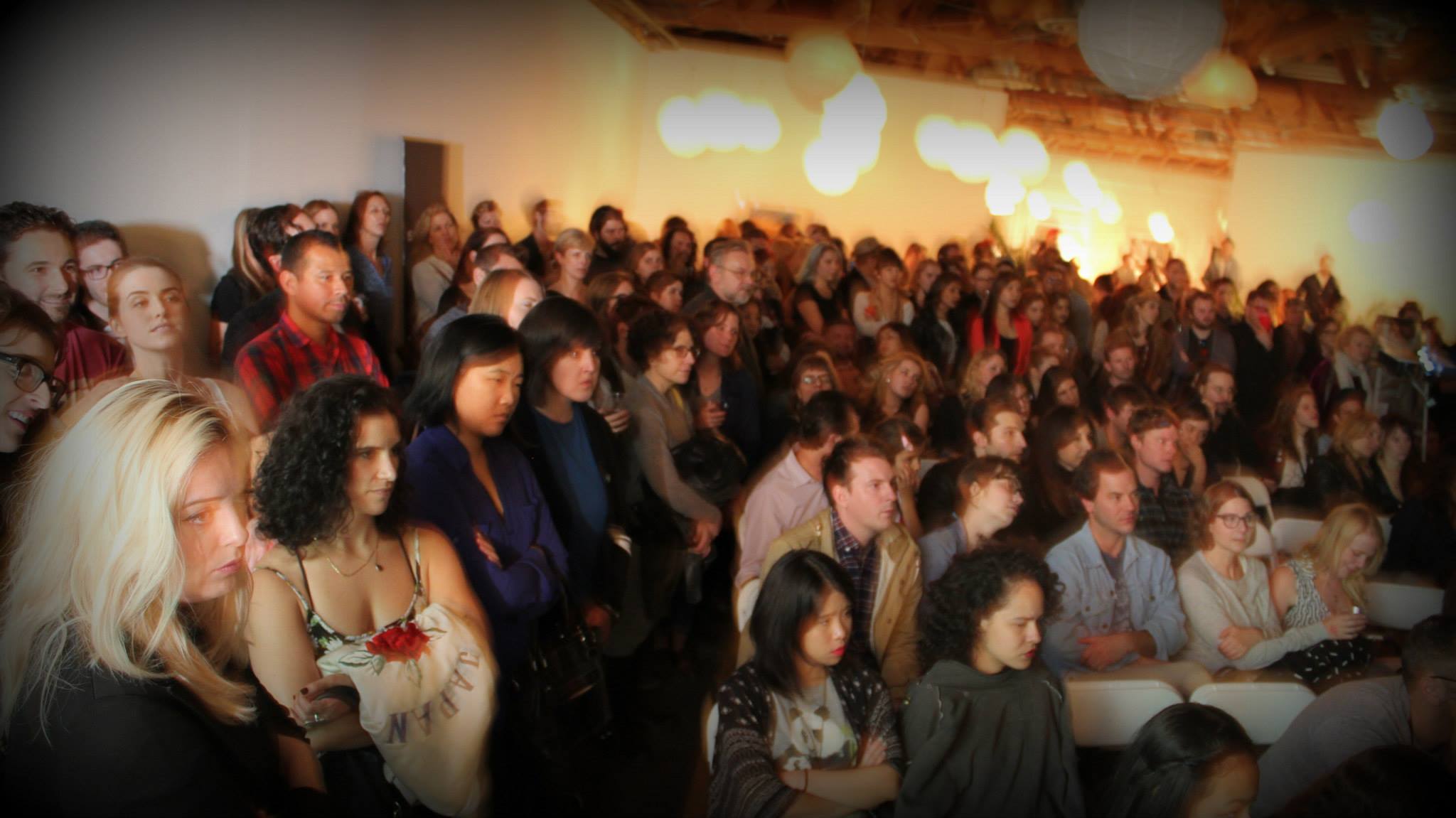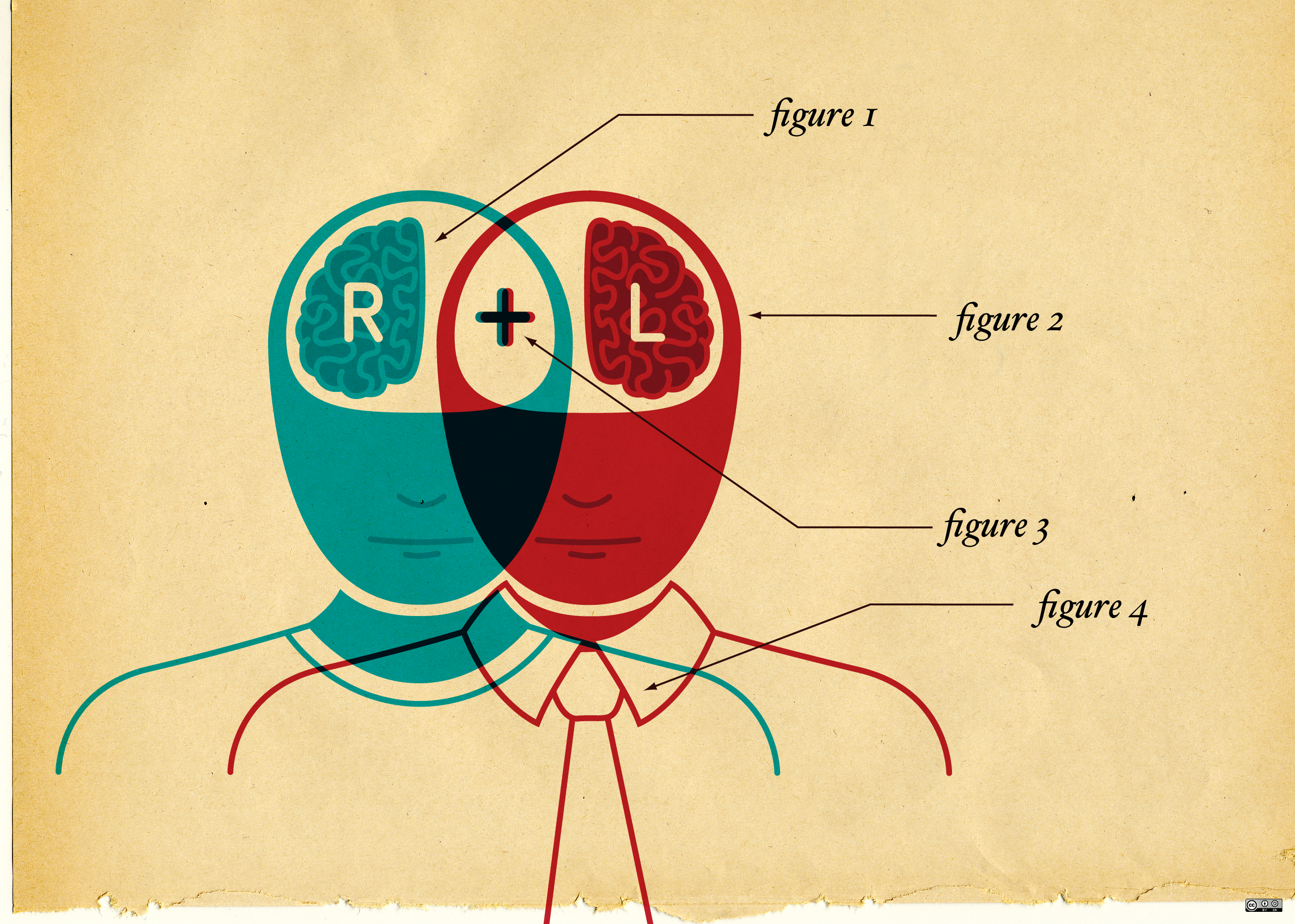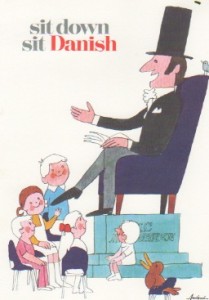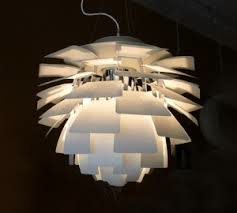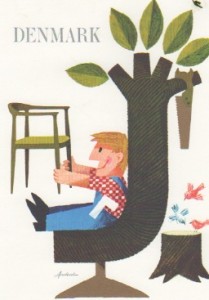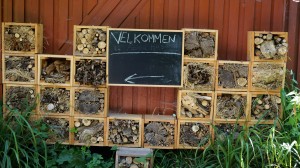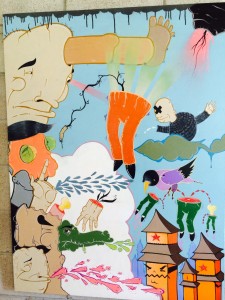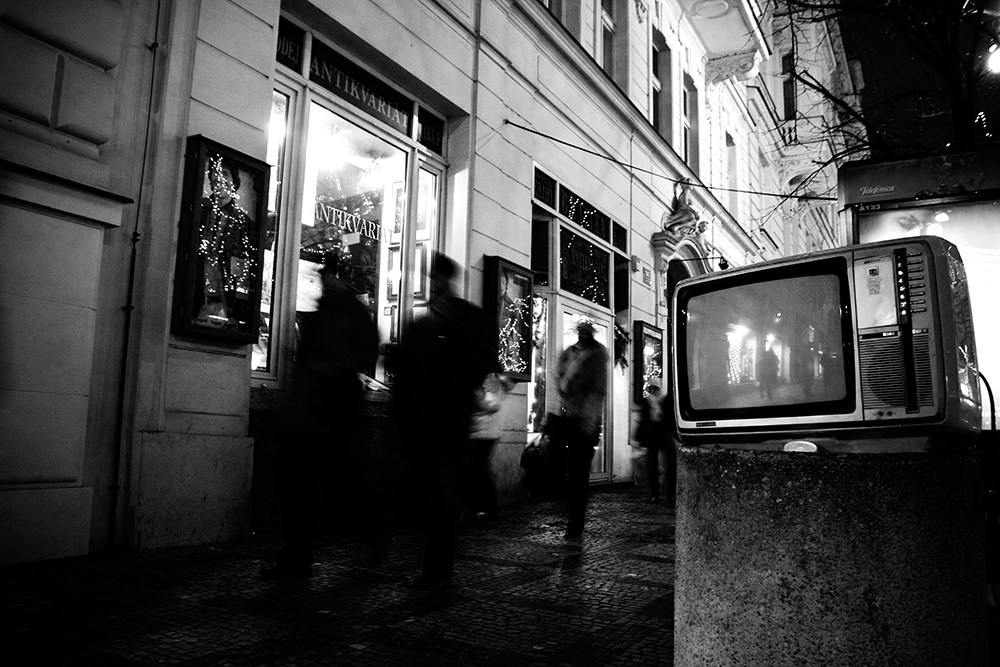
Image Credit: Creative Commons, Jiri Zraly
Television was once lauded as a groundbreaking medium, but as we’ve entered an age of seemingly exponential growth in media technology, that status has become questionable. Surrounded by competition being broadcast on
every screen imaginable – from sources that were previously unimaginable – to some, the perception today is that television has become slow to adapt to technology, and media companies are more interested in competition and gobbling up competitors, or monetizing views rather than charting the future of entertainment.
There are glimmers of truth in these observations, but gleams do not illuminate the totality of change going on in broadcast and cable television. Let’s step back for calculated pause. Perhaps the issue isn’t television’s tepid use of technology, but more our FOMO and impatient mindset as it concerns digital media. Our impatience is blocking our full appreciation of market conditions.
We are bombarded with hourly news about the latest digital and television content deals. We attend industry conferences where everyone is busy speculating about digital and television competition and convergence. And the question on the tip of everyone’s tongue is, “when will television catch up with new models of distribution?”
But by focusing on this question, we’re not appreciating the fact that television’s history is still active and ongoing. Also, in our excitement to move forward, we may be overestimating the success of new distribution platforms. Netflix has not shared ratings for its hot shows House of Cards or Orange Is The New Black, but the buzz nevertheless, quickens the tempo of conversations. Our impatience tells us that the content is out there, but . . . what? The buzz amplifies our impatience, which feeds our prevailing mindset.
There are two ways of understanding the future of television, first from the technology side: how to best deliver content whether through VOD, SVOD or over-the-top services. Secondly, through the targeted content side: understanding what type of programming people want to consume. Most consumers are not deeply concerned with the hardware companies that control the physical gadgetry; most would also rather consume interesting and meaningful programming.
From this perspective, it’s the content that seems everywhere, and media companies are the competitive foot-draggers. At a recent New York Television week, a panelist said that there’s endless programmable content out there, but this may be a bit of an overstatement. What is out there are silos of niche audiences. The prevailing logic is that the mother brand, the larger company where television’s legacy still makes it king, is what ties them together.
And while we’re placing so much emphasis on the evolution of digital media, i.e. the second-screen, studies show that, so far, at least, viewers are using new technology either as supplemental or in partnership with traditional viewing, not as a replacement. If we look back in American economic history, during every epoch of industrial transformation, the successful companies made strategic moves while the losers acted too quickly. Caution is not always a losing strategy.
From a brand perspective, television shouldn’t lose sight of audiences, who they are and what they want. Media empires, broadcast and cable companies must forge relationships with audiences, create conversations for smart and busy viewers using new demographic, trends and ethnographic research.
Needless to say, broadcast and cable television is cautiously charting its future, and that future it is happening right now. At this moment, companies are thinking, planning and iterating how to deliver content to anyone, anywhere and across any screen. Amazing opportunities exist. You’ve got to know where to look.
 In the 1940s and 1950s, broadcast television design was very much influenced by art and art movements, popular culture and innovation. Design teams contributed to what Professor of Television Lynn Spigel has called the modern taste wars. Television, in its own mass appeal way, crushed distinctions between high and low art, brought together themes from museums and the streets, and blended new visual experiences altogether into American living rooms. Networks hired renowned pop art and graphically-inclined artists, wanting to project scale and “good taste” to audiences. Early TV pioneers knew the power of television: not only was it a storyteller, capturing and speaking to the American collective consciousness, but it’s also a visually dense medium that has the ability to tap into emotions and engage the senses.
In the 1940s and 1950s, broadcast television design was very much influenced by art and art movements, popular culture and innovation. Design teams contributed to what Professor of Television Lynn Spigel has called the modern taste wars. Television, in its own mass appeal way, crushed distinctions between high and low art, brought together themes from museums and the streets, and blended new visual experiences altogether into American living rooms. Networks hired renowned pop art and graphically-inclined artists, wanting to project scale and “good taste” to audiences. Early TV pioneers knew the power of television: not only was it a storyteller, capturing and speaking to the American collective consciousness, but it’s also a visually dense medium that has the ability to tap into emotions and engage the senses. 